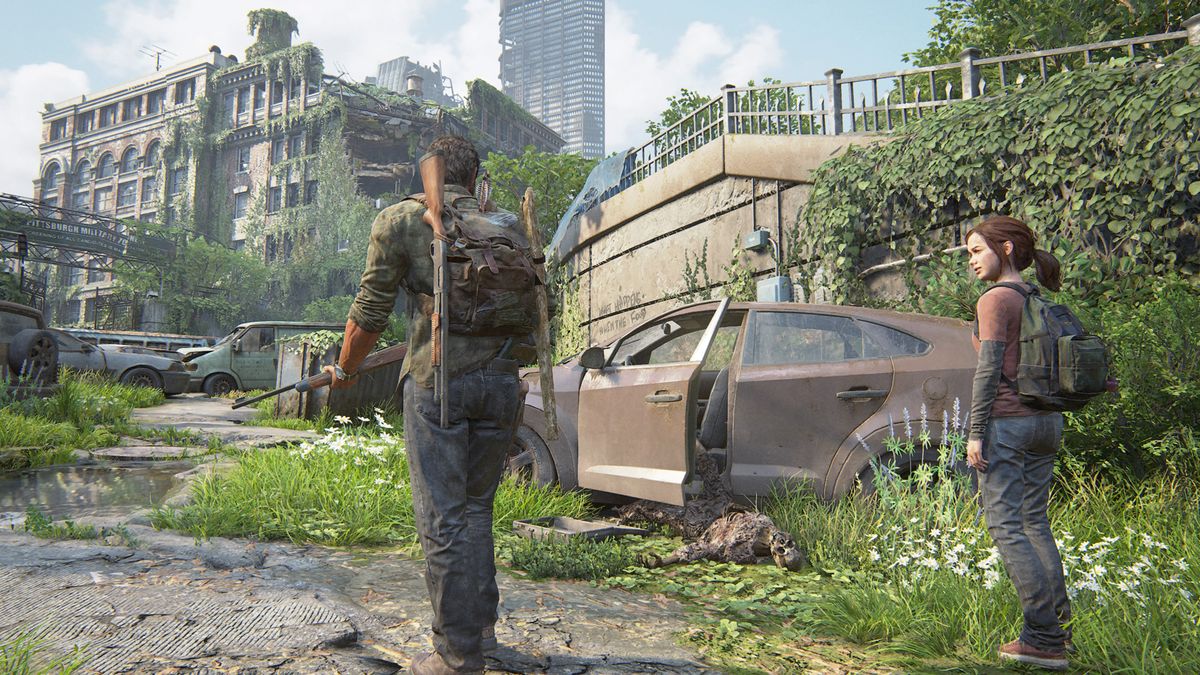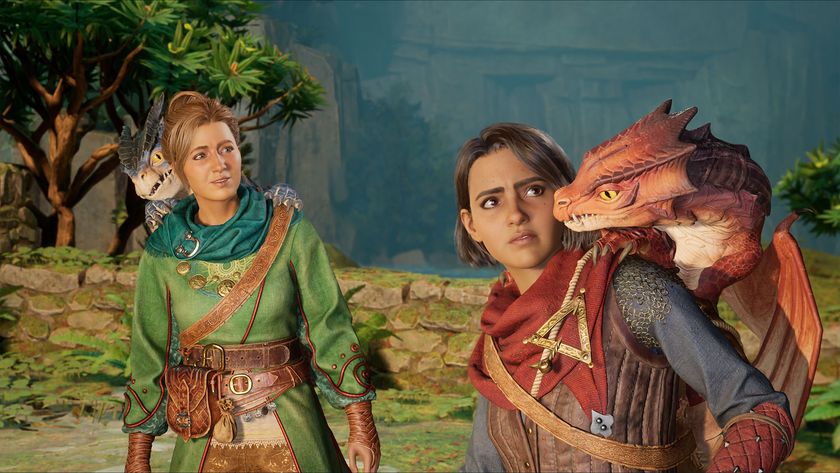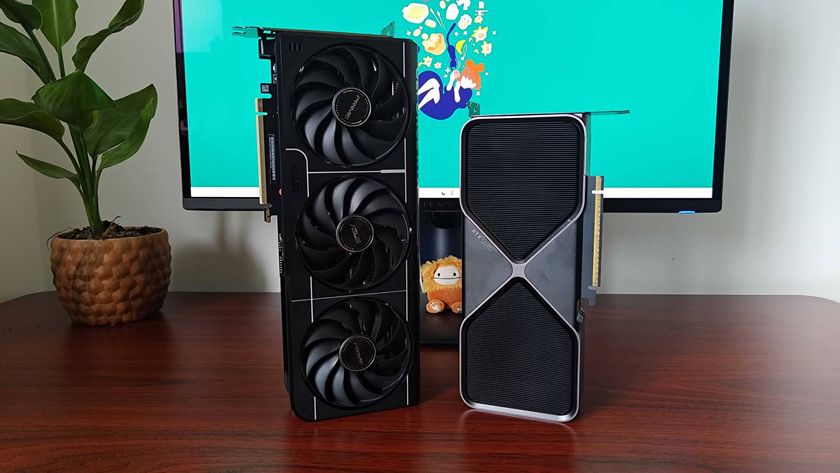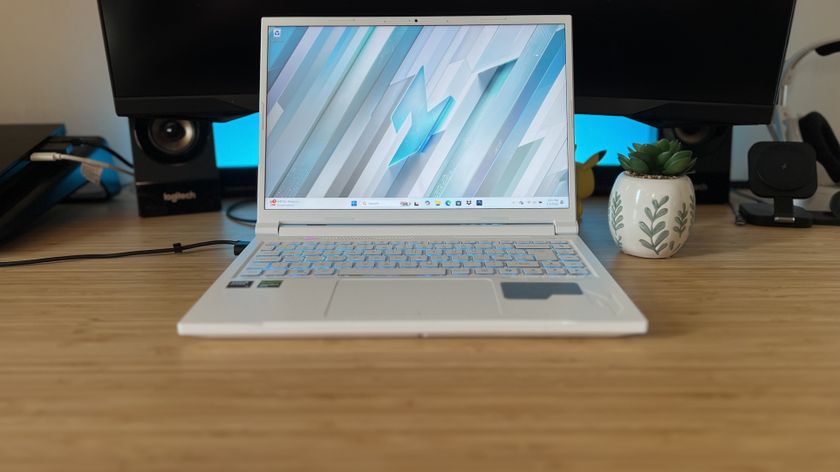12DOVE Verdict
A remake of exceptional craftsmanship and creative restraint, The Last of Us Part 1's aim may not be as lofty as other games of its kind, but Naughty Dog lands its mark with one of the most impressive graphical enhancements the medium has seen to date.
Pros
- +
Breathtakingly beautiful
- +
Plays like a dream on PS5
- +
Offers new perspectives on a still powerful story
Cons
- -
Some updated features feel negligible
Why you can trust 12DOVE
The danger of having an opening as memorable as The Last of Us' first 15 minutes is that, nine years later, everyone already knows what to expect. The birthday present, the wake-up call, the desperate drive into town… it's all very much charted territory at this point. And yet, by some magic, that reliable crutch of familiarity is gone in The Last of Us Part 1 on PS5, yanked away by the breathtaking detail that refashions every frame, leaving you as vulnerable to the sequence's raw deluge of emotions as you were when playing it for the very first time.

Release date: September 2, 2022
Platform(s): PS5
Developer: Naughty Dog
Publisher: PlayStation Studios
The hysteria of societal breakdown heaves under the weight of an atmosphere rendered more oppressive by cutting-edge lighting and physics. The horror of the newly infected’s screams, a gargled cocktail of rabid rage and abject fear, is heightened thanks to 3D audio that pinpoints their location with terrifying accuracy. And then there's the opening's final moments, where the anguish of a father's grief is more palpable than ever – the previously hidden nuances of Troy Baker's performance brought to the fore by Part 1's hyperreal facial animation.
The Last of Us Part 1 has had a hard time justifying its existence in the run-up to release. Certainly, even as someone who usually takes any excuse to replay The Last of Us for the umpteenth time, and has now seen this remake through to the end credits, I'm not going to try and convince you that Naughty Dog's latest offering is necessarily worth its brow-raising asking price.
And yet, despite itself, there's treasure to be unearthed in The Last of Us Part 1, even if it doesn't quite reach the same pedigree of Naughty Dog's previous work. This remake might not be the most compelling of sales propositions for PS5 owners, then, but it is nonetheless a fascinating case study for the power that technology can have in elevating the impact of interactive storytelling.
Old Dog, New Tech

Once a self-explanatory label, the video game remake now resembles a broad church of competing ideas and approaches, encompassing everything from simple restorations to revisionist overhauls. Naturally, this evolution has given rise to a steady stream of contentious questions surrounding the genre's very identity.
How long is an appropriate amount of time before a game should be remade? Where do you draw the line between modernising antiquated mechanics and tampering with an experience's very identity? And as remastering technology continues to evolve – able to effortlessly boost frame rates, resolutions, and plenty more – is there even a future where remakes need to exist?
Ever the poster child for heated video game debate, The Last of Us has turned the salience of these questions up to 11 with the release of Part 1, asking PS5 players to invest $70/£60 in a largely by-the-book remake that brings Naughty Dog's survival horror masterpiece more aesthetically in line with its own 2020 sequel. With that price tag, many may have expected an all-inclusive reimagining of The Last of Us, which itself had already been remastered for PS4 in 2014, but Naughty Dog has instead opted to focus on an almost exclusively cosmetic update at the expense of any deep, systemic overhauls.
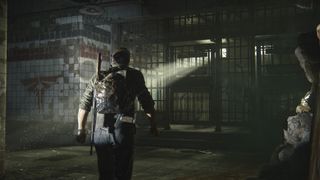
That does mean, at least, that when it comes to visual facelifts, The Last of Us Part 1 is pulling no punches. Environments look like they've been dip-dyed in lashings of new-gen varnish, offering fresh details to take in and immersive auras to soak up. NPCs who appear for barely a few seconds look more detailed and expressive than Joel or Ellie ever possibly could have on the PS3. Updated character models are able to give a more authentic representation of the original performances from Naughty Dog's mo-cap stage, revealing previously hidden, understated body language and facial expressions that enrich the subtext of key moments across the story.
Not a single asset has been ignored from Naughty Dog's attentive treatment, in fact, and the results are phenomenal – not just in comparison to the original game, but to more contemporary exclusives across the entire spectrum of the PS5 catalogue. Granted, there's the odd moment where The Last of Us Part 1's identity as a seventh-generation title disguised in the garb of new-gen tech spills clumsily onto the screen (particularly in cutscenes, where awkward animation betrays the authenticity of supremely detailed character models) but, for the most part, this is an incredibly accomplished visual refurbishment.
Making every shot count
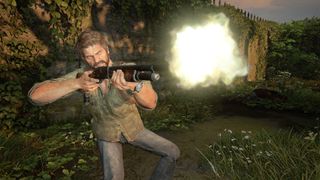
For better and worse, The Last of Us Part 1 is a remake where what you see is pretty much what you get. This isn't to say that no tweaks have been made beneath the game's shiny surface, but their impact upon the player experience isn't as groundbreaking as one might hope; resulting in steadier, smoother, and more accessible play, certainly, but nothing beyond the sum of its additive, commonsense iterations.
Naughty Dog has spoken about much about the updates to Part 1's AI programming, for example, building it off of the basis of The Last of Us 2's ultra intelligent NPCs. Yet, aside from companions now behaving more sensibly during stealth scenes (Ellie finally seems to understand that running out of cover right in front of an enemy patrol probably isn't the smartest idea), I never felt like a combat sequence played drastically different to how I remember. I've no doubt that foes fight harder and smarter than they used to, but I'd be lying if I said it felt as though their new behaviour made for any significantly game changing shake-ups to The Last of Us' already exhilarating combat.
There are a few extra pieces of content, too, including new costumes for Joel and Ellie, viewable diorama models to be unlocked, and special modes such as Permadeath and Speedrunning, but these aren't so much essential features of a remake as they are addendums that could have been patched into the original game a long time ago. PS5 specific features, including use of the DualSense's haptic feedback and adaptive triggers, are a more welcome addition, at least, as is the option to select between a Performance or Fidelity graphics mode that prioritises framerate or resolution quality respectively.
And while there are a handful of creative flourishes here and there, including some appreciated efforts to make The Last of Us Part 1 and Part 2 feel like a more cohesive whole, this is nonetheless a beat-for-beat retelling of the same story. It's a shame, especially when other studios like Capcom are exemplifying the way in which remakes can be an opportunity to remix a much-loved tale for audiences new and old.
Still, perhaps there's just as much value in being able to infer new readings from a well-known story thanks to technology that has finally caught up with its creator's original vision. A somewhat self-indulgent hypothesis on Naughty Dog's part, to be sure, but when you're marvelling at The Last of Us Part 1's cutscenes in all their lavish glory, it's one that's difficult to argue against.
Look for the (new-gen) light

The Last of Us Part 1 is, perhaps more than anything, a gorgeous visual love letter to its biggest fans, not to mention a welcoming set of open arms for the inevitable stream of new ones who will arrive to the game via the upcoming Last of Us TV Show from HBO next year. Judged in isolation, that's far from a bad thing. But in the context of an industry where remakes are continuing to push the boundaries of the art of restoration, Part 1 struggles to escape the shadow of feeling like a bit of a missed opportunity.
Still, one of the most polished and best looking missed opportunities of the current generation is hardly an unappetising prospect for PS5 owners, especially when platform exclusives remain frustratingly rare this far into the console's lifecycle. The question you have to ask yourself before picking up Part 1, then, is not only whether a feast for the eyes is a meal worth paying for, but whether that meal is going to completely satisfy your appetite, particularly if you've already had your fill of the original recipe.
The Last of Us Part 1 was reviewed on PS5, with code provided by the publisher.
More info
| Genre | Action |
I'm GamesRadar's Features Writer, which makes me responsible for gracing the internet with as many of my words as possible, including reviews, previews, interviews, and more. Lucky internet!
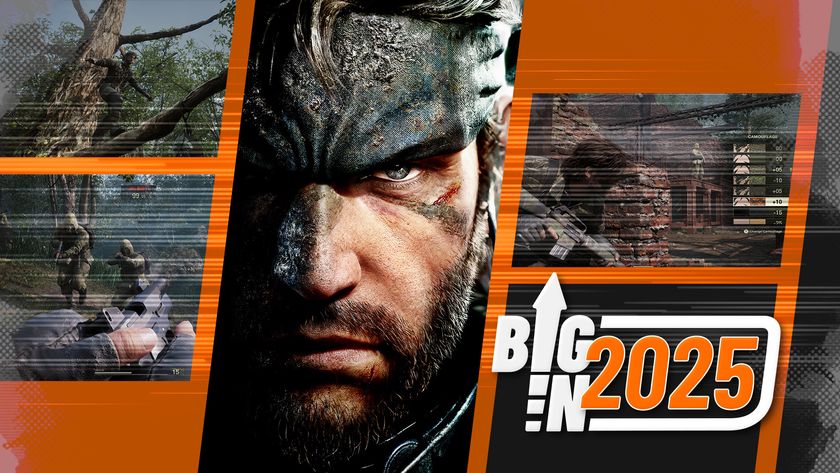
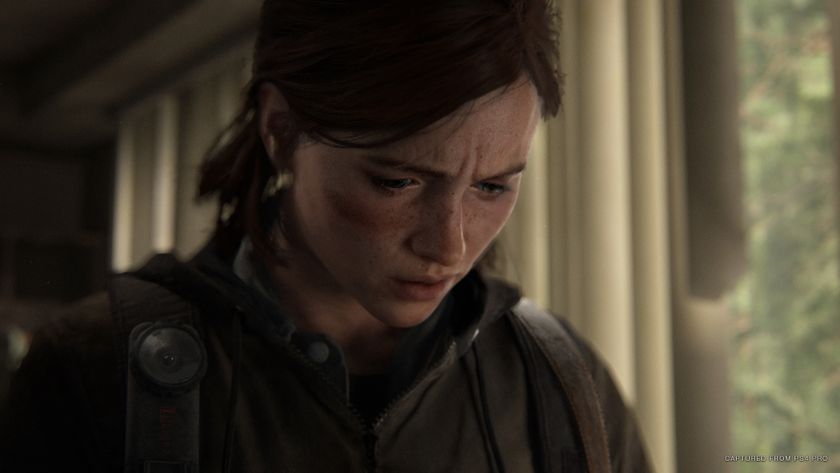

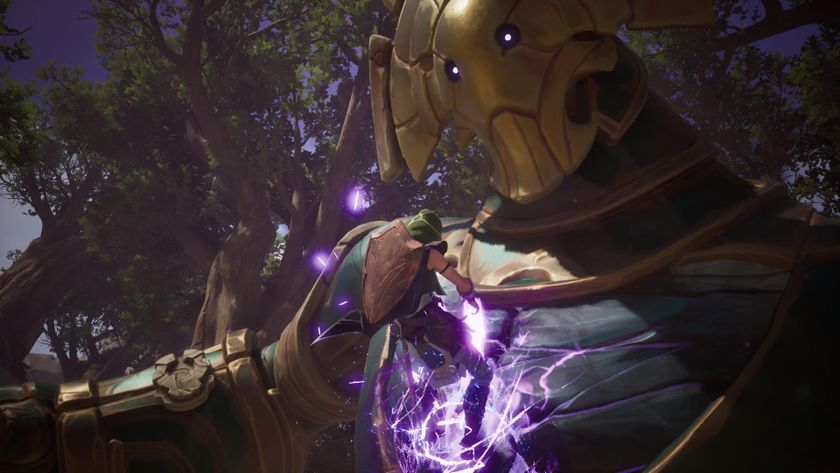
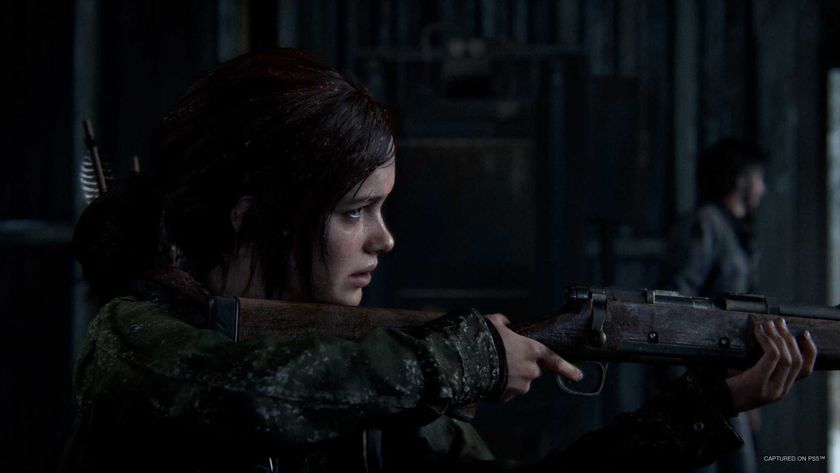
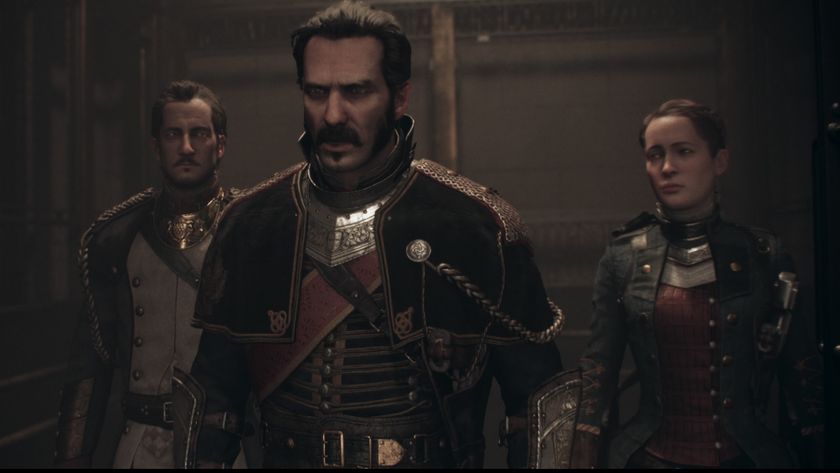

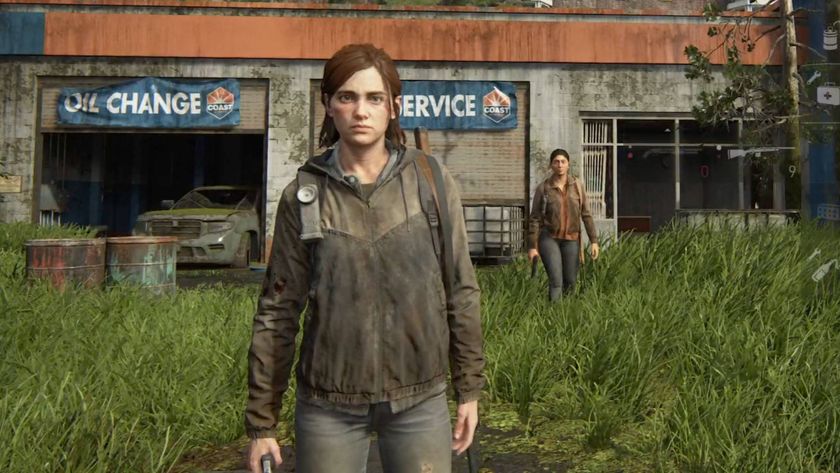
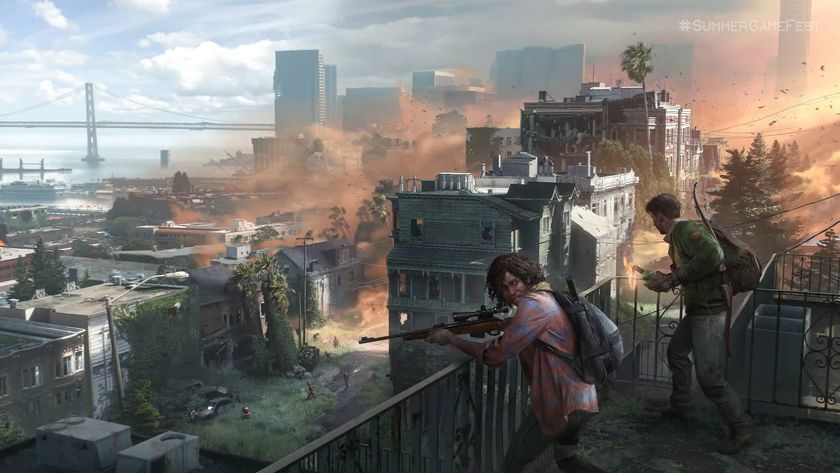
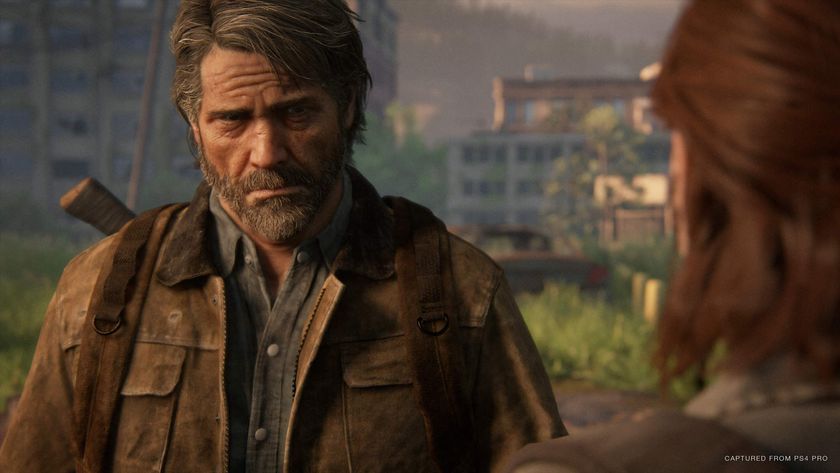

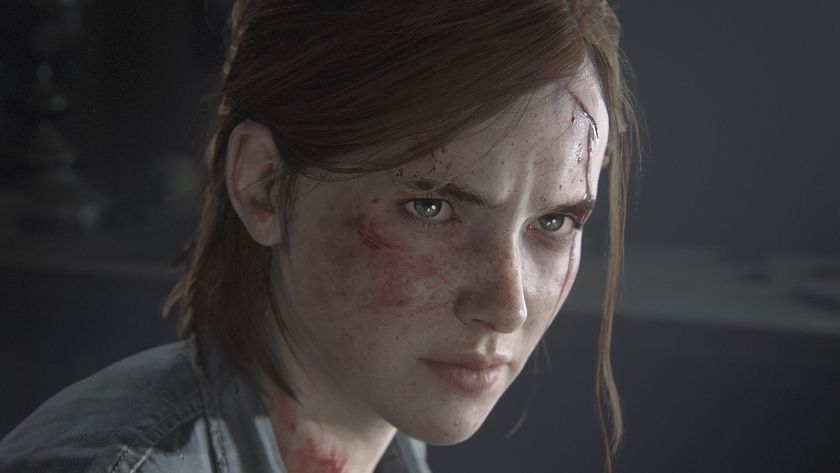
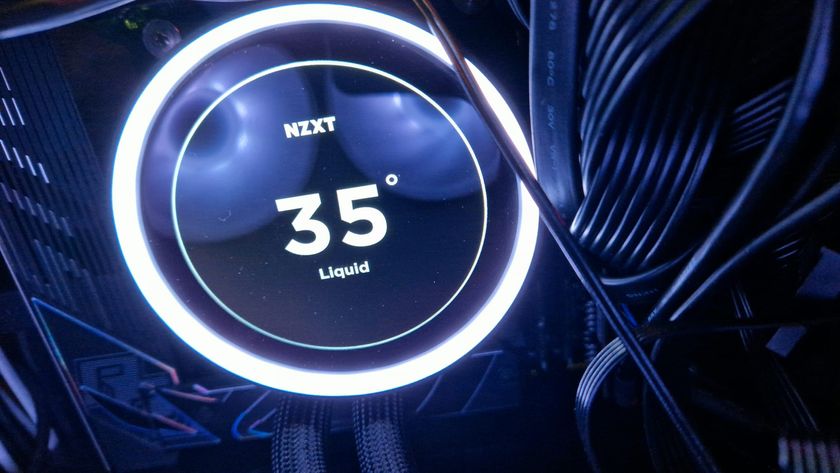
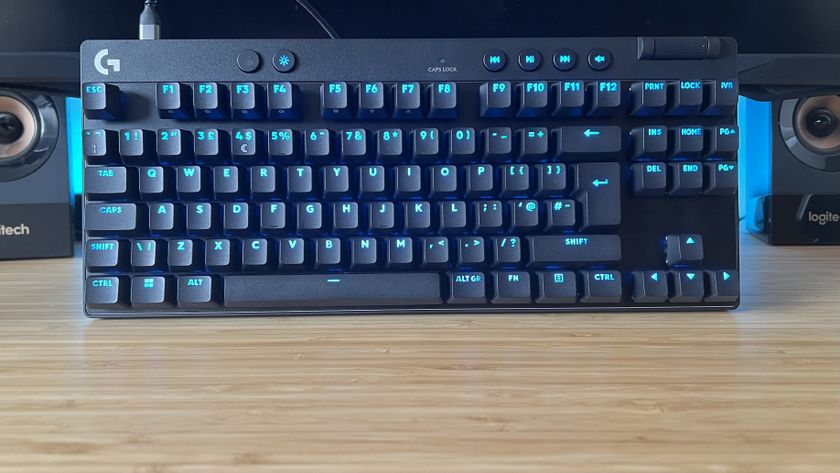
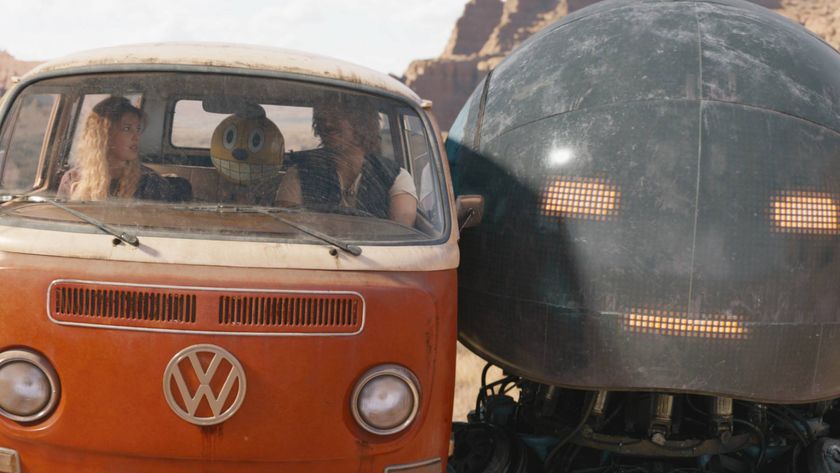
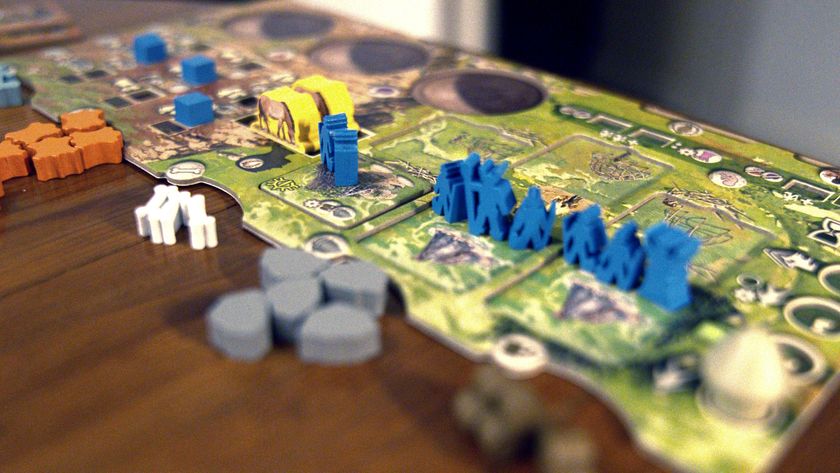
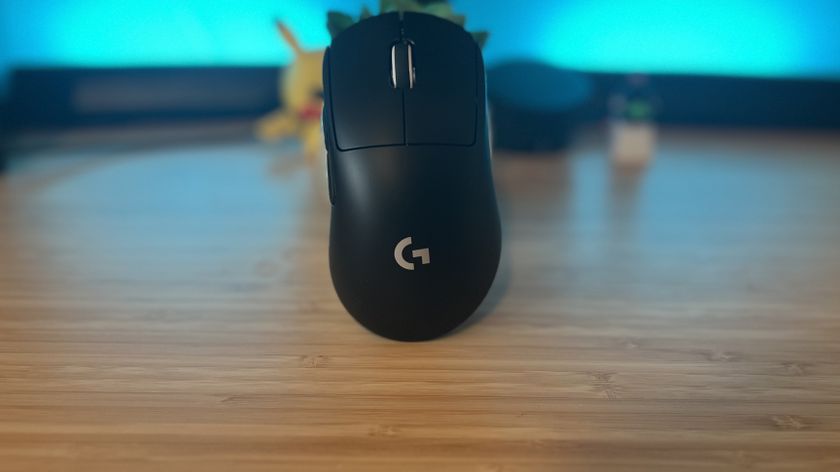
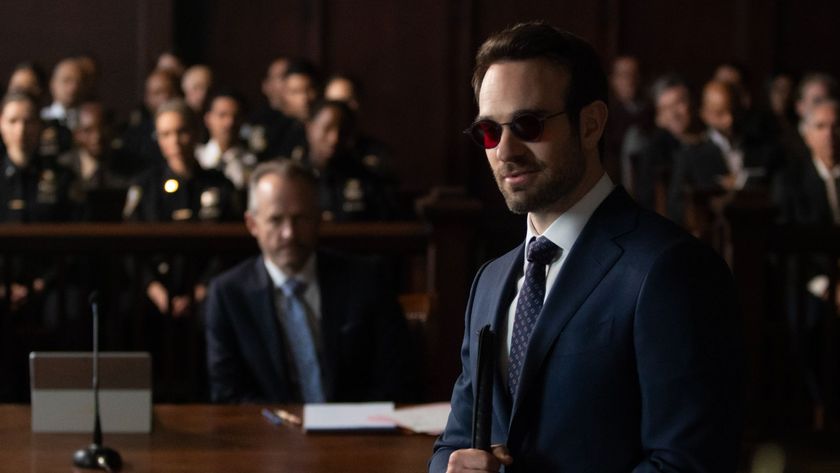
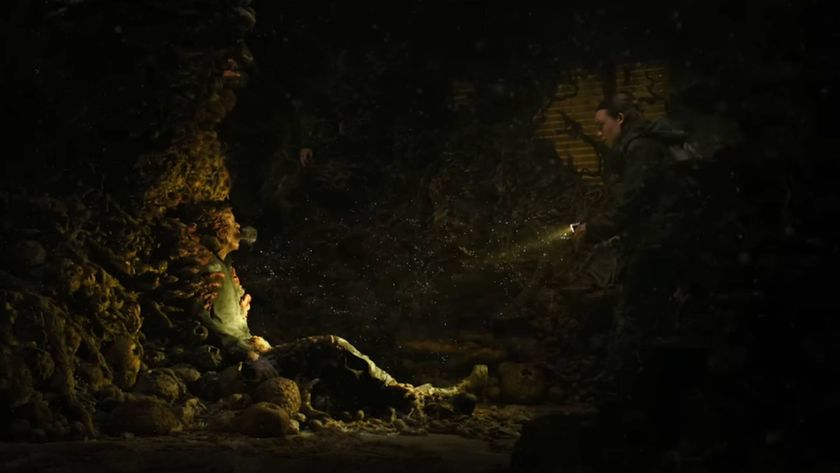
The Last of Us season 2 is bringing in one of the biggest game omissions from season 1 – and the showrunners say it's for a "good reason"
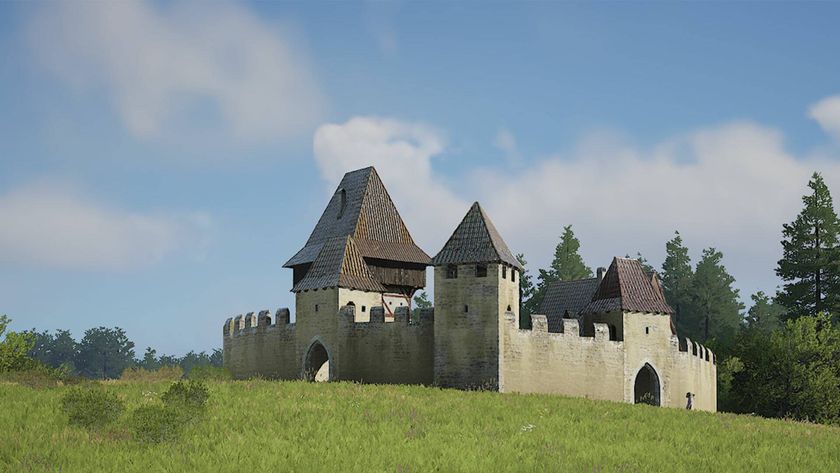
Manor Lords dev confirms "castles and sieges are now in the works" for the city builder, as well as a new map that could get its own game mode in the future
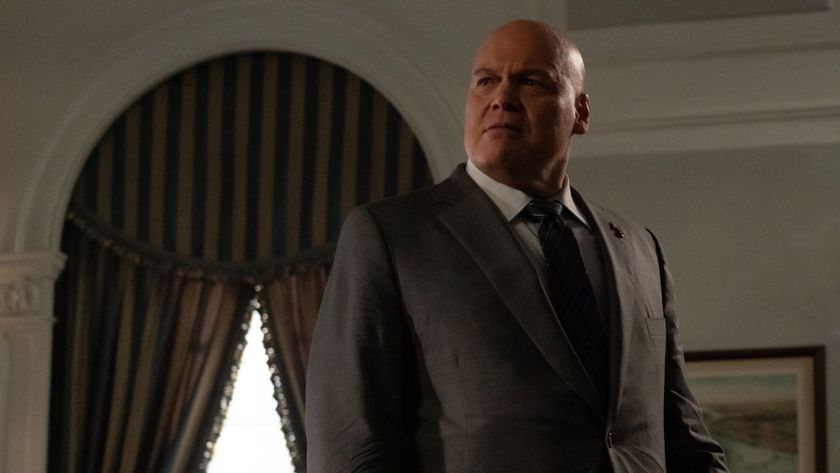
Vincent D'Onofrio responds to a fan who thinks Daredevil: Born Again has "ruined" Kingpin: "Thanks for the support dumbass"
